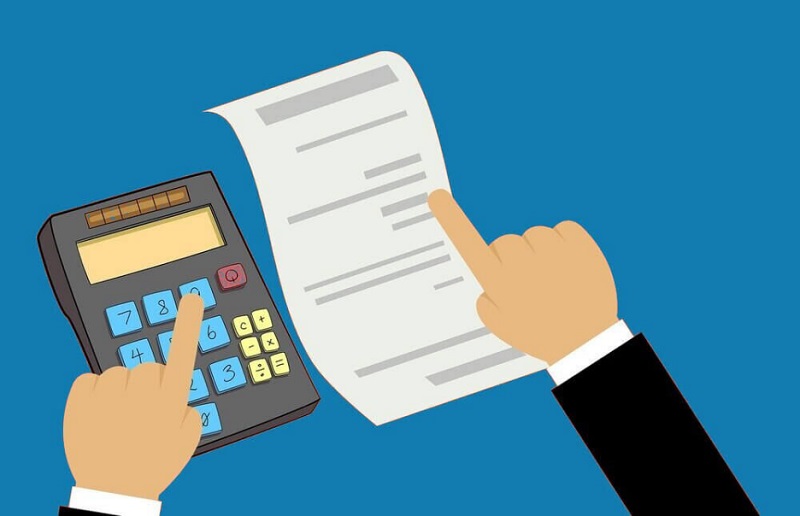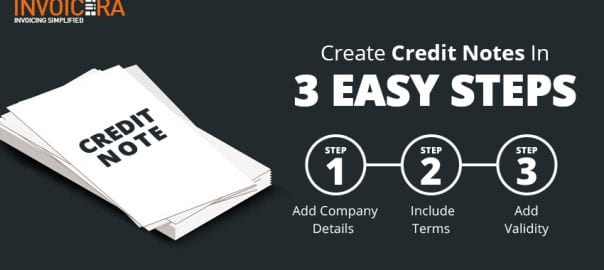Account reconciliation is one of the accounting process’s most significant and often overlooked aspects. Invoice reconciliation is a tedious task, but it’s also one of the most important things to ensure your business stays on track.
It is important to know that Invoice errors can lead to mismatches between income and expenses, adversely affecting your business’s cash flow or profitability.
Therefore, Invoice reconciliation helps businesses avoid costly mistakes by identifying discrepancies early on so you can resolve them before they become severe.
So, are you looking to get on track with account reconciliation? This process can be intimidating and complex, but you can confidently and efficiently reconcile your accounts with the right knowledge and guidance.
In today’s guide, we’ll discuss the basics of account reconciliation and some tools to help you decide how vital it is for your business to grow in this cut-throat edge competition.
Let’s get started!
What is Account Reconciliation?

It helps to maintain accurate financial records and identify frauds, if any. It is a fundamental and important part of financial management that helps monitor any organization’s cash flow.
Benefits of Account Reconciliation
 1. Eliminates Accounting Errors
1. Eliminates Accounting Errors
Monthly accounting reconciliation is an excellent way to ensure your bookkeeping matches what’s happening at the bank or financial institution. Errors can happen at either end, but by doing these reconciliations consistently every month, you will catch any discrepancies before they become big problems. Invoice software can help you deal with such stringent situations.
2. Confirms the Accuracy of Financial Statements
It’s not common, but banks can make mistakes. So, by Invoice reconciliation, you can check your bank statements to see if they’re accurate with what is on file at the institution and reconcile any discrepancies before taking action.
3. Decreases Operational Costs
With an online invoicing tool for account reconciliation, you can increase efficiency and get work done much more quickly than humans. This lessens the time it takes to process information, leading to lower operational costs.
4. Keeps Business Deposits Correct
There are many benefits to maintaining regular deposits and reconciliations for your bank accounts, including reducing human error.
Human errors at your bank can lead to deposit errors, affecting the business and reputation. Imagine you are short of cash in an important account that pays for part or all expenses.
Monthly accounting reconciliation is essential to prevent this from happening. With online billing software like Invoicera, you can also better monitor your deposits.
5. Keeps Your Bills Paid
It is important to keep track of all transactions and reconcile balances every month if you have bills automatically deducted from any account. This way, there’s no chance of an overdraft or missing payment.
6. Provides Better Data Security
A company’s data is its most prized possession, and Software systems are always built with robust data security.

How to Reconcile Accounts: Analytics Reviews vs. Document Review

| Documentation Review
|
Analytical Review |
| ● Compares the amount of each transaction with what’s shown as incoming or outgoing in the corresponding account.
● Example: When all the credit card receipts are there but the bill shows extra amount deducted. Some fraudulent activity misusing the credit card is found out. |
● The analytics review approach can also reveal fraudulent activity or balance sheet errors. Major discrepancies are analyzed in this review.
● Example: Any asset purchased by a company for $9 Million is now showing $90 Million with a mistake of adding a zero in the end.
|
Reconciliation Tools
Bank Reconciliation Tools help automate and standardize the reconciliation process, which is important for producing high-quality financial statements. Accountants can easily compare general ledger (G/L) data with bank account reconciliations without human intervention in their workflows. The tools used include Account Reconciler and Auto Reconciler.
1. Account Reconciler
Entrepreneurs can use Record Reconciler to handle bank statements, including multi-currency trades. It makes use of the transactions displayed on a general record account of chequebooks, and it’s effortless.
2. Auto Reconciler
It is the perfect solution for companies with many transactions. It allows you to exchange data from an external document source and match bank records against Microsoft Dynamics GP chequebook entries, so your company can sync.
How Invoicera Helps You in Better Account Reconciliation?
Invoicera offers multiple features under a roof that makes your task a lot easier to keep track of your business expenses. This way, you don’t miss anything regarding your AP and AR management and focus on your company to take it to a new height.














